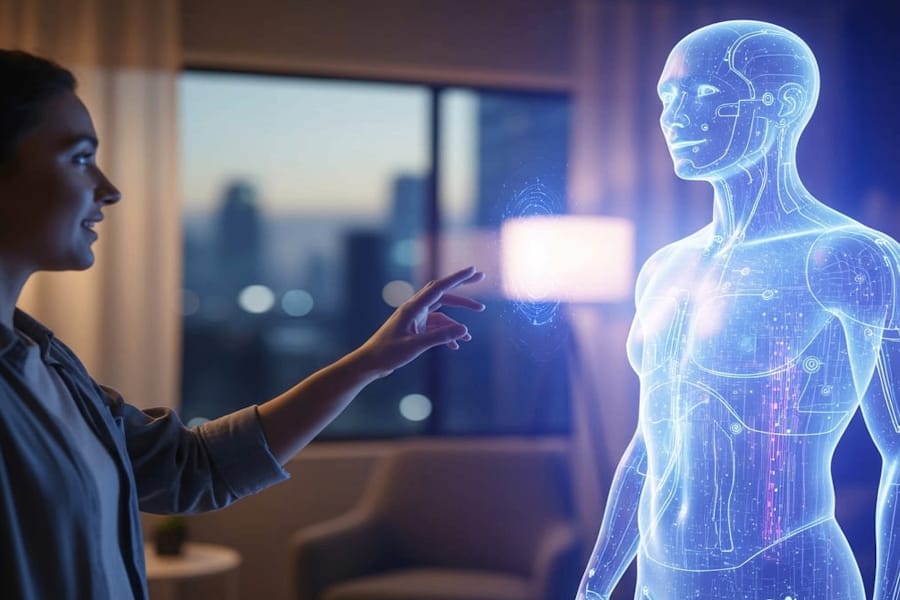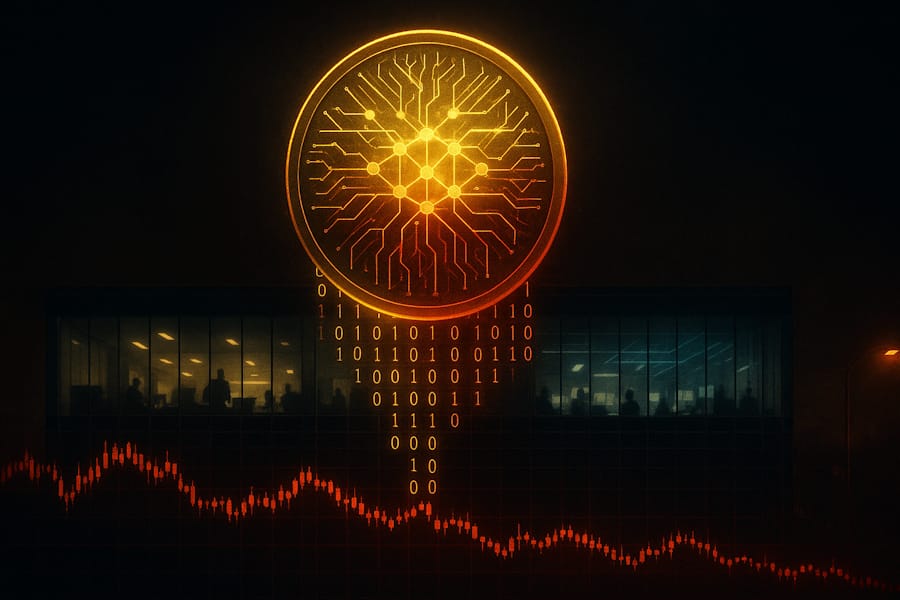Type: Article -> Category: AI What Is
What is Multimodal AI
Bridging Multiple Data Modalities in Artificial Intelligence
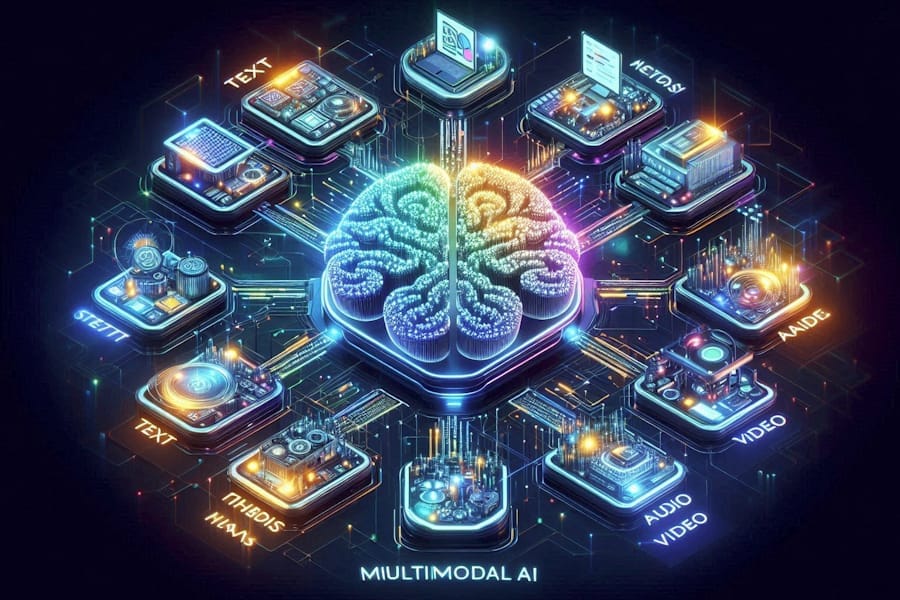
Publish Date: Last Updated: 10th November 2025
Author: nick smith- With the help of CHATGPT
How to Build a Multimodal AI Model - Step-by-Step Tutorial for Beginners
Artificial Intelligence (AI) has advanced from narrow, single-purpose systems to powerful models capable of integrating multiple types of data. At the heart of this progress is multimodality—the ability of AI to process and combine different forms of information, such as text, images, audio, and video, to deliver deeper insights and more human-like interactions.
This article explores what multimodal AI is, how it works, its applications, challenges, and what the future may hold for this transformative field.
What is Multimodality?
Multimodality refers to an AI system’s capacity to understand, analyze, and integrate multiple types of input, known as modalities. These can include:
- Text (documents, chat logs, reports)
- Images (photos, scans, medical images)
- Audio (speech, environmental sounds, tone)
- Video (moving visuals combined with sound)
- Other signals (sensor data, biometrics, or spatial inputs)
Much like humans combine sight, sound, and language to interpret the world, multimodal AI fuses diverse data streams into a single, enriched understanding.
How Multimodal AI Works
Multimodal systems rely on deep learning and neural architectures to bring together heterogeneous data. The typical workflow includes:
- Data Acquisition – Collecting input from multiple sources (e.g., speech, images, video).
- Feature Extraction – Specialized models extract key features from each modality:
- Images → Objects, colors, textures via CNNs (Convolutional Neural Networks).
- Text → Meaning, entities, and relationships via NLP (Natural Language Processing).
- Audio → Pitch, tone, rhythm, and intent via acoustic models.
- Fusion Layer – Features are merged through concatenation or advanced methods such as attention mechanisms that assign importance to different modalities.
- Joint Learning & Prediction – The system creates a unified representation of all modalities to perform tasks such as classification, reasoning, or content generation.
This layered integration enables AI to reason across multiple data streams simultaneously, reducing errors and improving contextual accuracy.
Key Applications of Multimodal AI
1. Healthcare
- Cancer diagnosis: Merging radiology scans, pathology slides, and patient histories for improved accuracy.
- Clinical assistants: Combining doctor’s notes with imaging and lab results for holistic patient assessments.
2. Virtual Assistants
Voice assistants like Alexa, Google Assistant, and Siri increasingly integrate speech, vision, and text to deliver more natural responses. For example, they can recognize a spoken question, scan a product label, and provide a tailored answer.
3. Autonomous Vehicles
Self-driving cars combine LiDAR, radar, GPS, and cameras to interpret complex road environments. This multimodal fusion enables obstacle detection, sign recognition, and safe navigation without human intervention.
4. Content Creation & Accessibility
Multimodal AI powers systems like GPT-4 that can:
- Generate captions for images
- Write articles from video transcripts
- Provide scene summaries for films
These capabilities enhance accessibility, offering subtitles for the hearing-impaired and image descriptions for the visually impaired.
5. Entertainment & Gaming
By interpreting gestures, facial expressions, and speech, multimodal AI makes VR and gaming experiences more immersive and adaptive to player emotions.
Benefits of Multimodal AI
- Richer Context – More complete understanding of user intent and environments.
- Reduced Ambiguity – Multiple inputs cross-check each other, improving accuracy.
- Human-Like Interaction – Natural, intuitive communication across voice, text, and vision.
Challenges in Multimodality
Despite its promise, multimodal AI faces notable hurdles:
- Data Integration – Aligning data with different formats and structures is technically complex.
- Quality & Availability – High-quality, well-labeled datasets across all modalities are scarce.
- Computational Demands – Multimodal models require immense processing power and advanced hardware.
The Future of Multimodal AI
The next frontier lies in creating systems that are adaptive, multilingual, and context-aware. Emerging possibilities include:
- Education – Personalized learning that adapts to a student’s text, voice, and video responses.
- Human-Robot Collaboration – Robots that understand speech, gestures, and environmental cues in real time.
- Cross-Lingual Multimodality – Systems that can translate across speech, text, and gestures, enabling seamless cross-cultural communication.
Conclusion
Multimodal AI represents one of the most exciting advancements in artificial intelligence—mirroring the way humans combine senses to understand the world. From diagnosing disease and powering self-driving cars to enhancing accessibility and immersive entertainment, multimodality is already reshaping industries.
While challenges around data integration, availability, and computational costs remain, the trajectory is clear: AI systems of the future will not be limited to one sense—they will see, hear, read, and understand in ways that bring us closer to truly intelligent machines.
MultiModal AI on YouTube
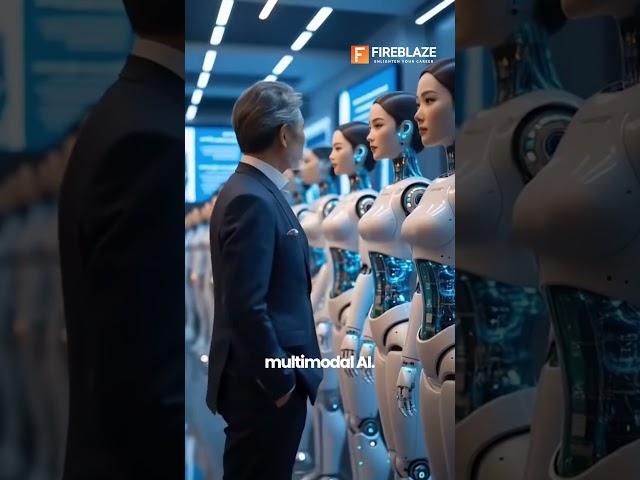
👉 Multimodal AI Explained | How ChatGPT Can See, Hear & Think!
YouTube Channel: Fireblaze AI School | Data, Analytics & AI Careers
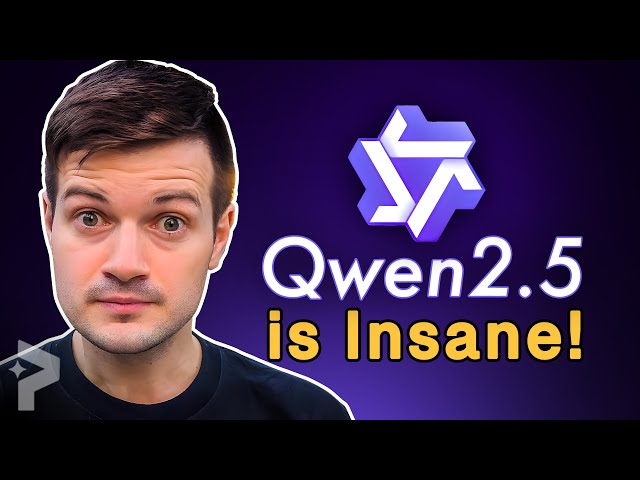
You can run this multimodal AI model on a laptop
YouTube Channel: Plivo

Multimodal AI & Next Gen Databases | Data Brew | Episode 42
YouTube Channel: Databricks

Qwen2.5 Omni 7B - The Best Multimodal AI Model Yet?
YouTube Channel: Bytes of AI
Recent AI Articles
AI Questions and Answers section for Understanding Multimodal AI: Bridging Multiple Data Modalities in Artificial Intelligence
Welcome to a new feature where you can interact with our AI called Jeannie. You can ask her anything relating to this article. If this feature is available, you should see a small genie lamp above this text. Click on the lamp to start a chat or view the following questions that Jeannie has answered relating to Understanding Multimodal AI: Bridging Multiple Data Modalities in Artificial Intelligence.
Visitor asked: In ealth care how can multimodal help
Jeannie’s answer to the question: Multimodal AI can significantly transform the health care sector in numerous ways. Firstly, it can aggregate and interpret data from various sources like medical records, imaging data, genetic information, and patient biometrics to provide a holistic view of a patient's health. This can facilitate personalized treatment plans, predictive analyses, and early diagnosis. Moreover, the consolidation and analysis of multimodal data can enhance telemedicine services, deliver more accurate remote monitoring, and generate advanced warnings for deteriorating patients which could minimize emergency hospitalizations. Lastly, it can improve the interpretation of radiology images, CT scans, and MRIs which can aid in early detection of diseases such as cancer. Therefore, the potential of Multimodal AI in the health care sector is immense, promising to revolutionize patient care and health outcomes.
Date: 2025-02-10
Type: Article -> Category: AI What Is


